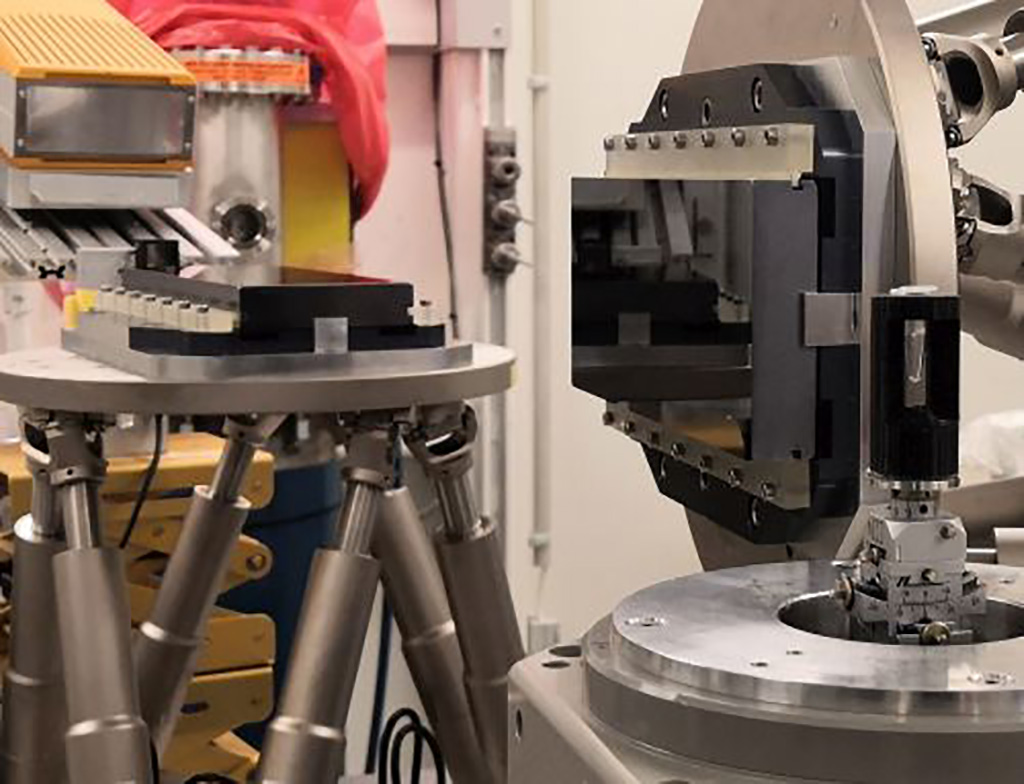Dose-Efficient X-Ray Imaging Method Produces Micrometer Resolution Images of Biopsy Samples
Posted on 20 Dec 2023
X-ray imaging plays a vital role in revealing the hidden structures and processes within living cells and organisms. However, the ionizing nature of X-ray radiation, composed of high-energy electromagnetic waves, poses a risk of damaging DNA, which in turn limits the duration of observation. Traditional X-ray imaging of soft tissues often results in low-contrast images, but phase contrast methods have been found to yield much clearer contrasts at lower radiation doses. However, achieving higher resolution in X-ray imaging is challenging due to the need for increased radiation dose, which is compounded by the reduced efficiency of high-resolution detectors, leading to further increase in radiation exposure. Until now, high-resolution X-ray phase contrast imaging of living biological samples could only be performed for a limited time before radiation caused significant damage.
At the Karlsruhe Institute of Technology (KIT, Karlsruhe, Germany), a team of researchers has innovated a technique that utilizes radiation more effectively and achieves micrometer-level resolution imaging. This method is suitable for observing both living organisms and delicate materials, opening new possibilities in fields like biology, biomedicine, and materials science. The novel system integrates X-ray phase contrast imaging with a Bragg magnifier and a photon-counting detector. In this setup, a photon-counting detector with 55-micrometer pixel size is used, and before capturing the specimen’s X-ray image, it is magnified using a Bragg magnifier. This magnification process allows the specimen's resolution to reach approximately 1 micrometer. The Bragg magnifier itself comprises two perfectly aligned silicon crystals, where the magnification effect is derived from asymmetric diffraction in the crystal lattice of silicon. A significant benefit of this Bragg magnifier is its exceptional optical image transmission, enabling almost complete replication of all spatial frequencies up to the resolution limit.

By combining propagation-based X-ray phase contrast with a Bragg magnifier and a photon-counting detector, all fine-tuned for 30 keV X-ray energy, the method achieves near-maximal dose efficiency for X-ray phase contrast imaging. This advancement permits extended observation periods of small living organisms with detailed micrometer resolution. The team showcased this technique in a preliminary study on tiny parasitic wasps, observing their activities inside host eggs and their emergence over more than 30 minutes. Future plans involve enhancing the setup to expand the field of view and boost mechanical stability, thereby enabling even longer measurement durations.
“Instead of converting the X-ray image into an image with visible light and enlarging it afterwards, we enlarge it directly,” said LAS doctoral researcher Rebecca Spiecker. “Thanks to this approach, we can use highly efficient large-area detectors. The method is also suited for biomedical applications, an example being the gentle three-dimensional histological investigation of biopsy samples.”
Related Links:
KIT










 (3) (1).png)


